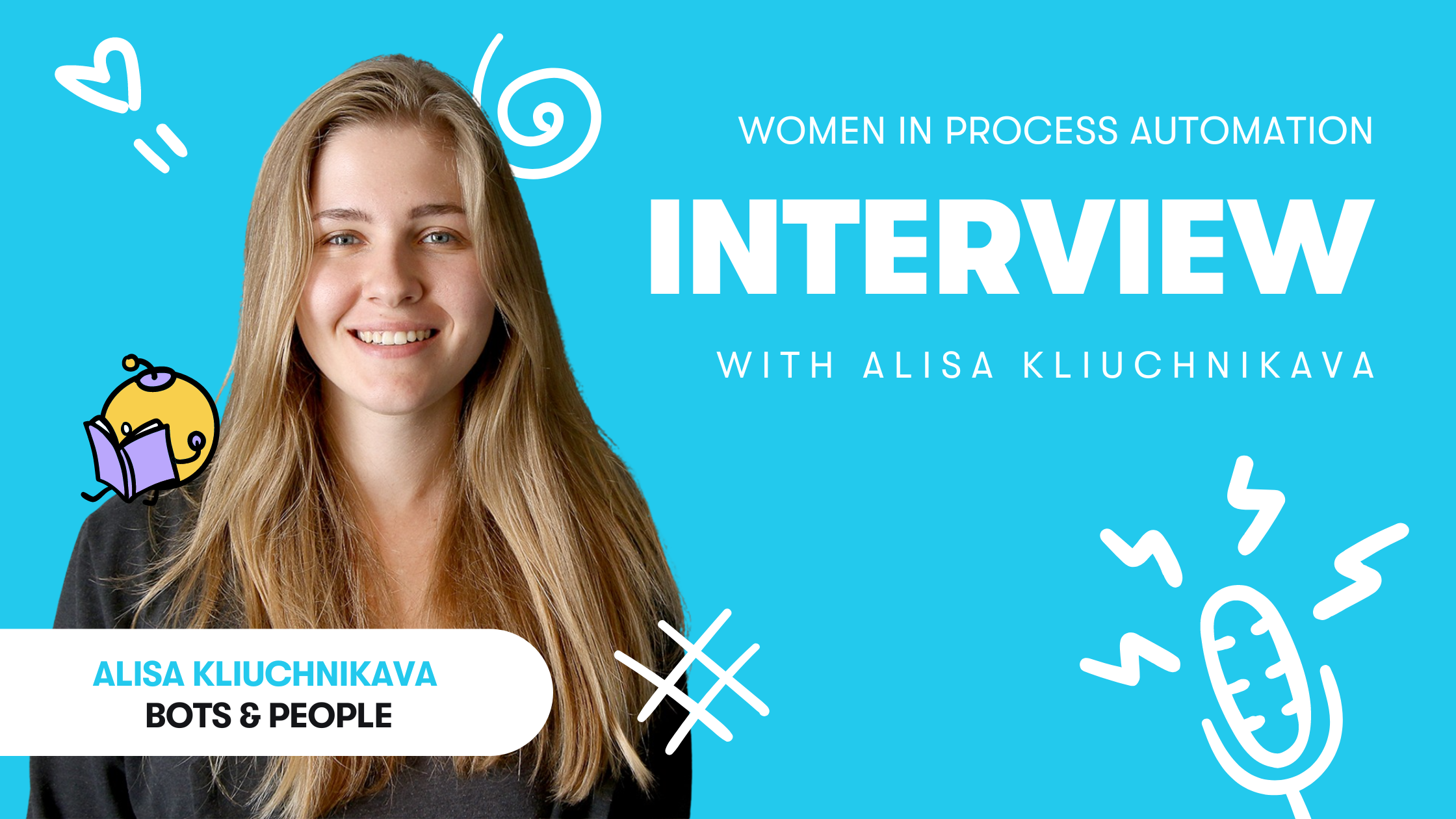Achieving the goals set efficiently and cost-effectively - that is probably the goal of every company. But this only works if the processes in the company are structured and optimized. In short, business processes must be well managed. According to a study by management consultants BearingPoint, 77 percent of the companies surveyed see business process management (GPM) as an important foundation for digital transformation. At the same time, however, initiatives for digital transformation and GPM are only aligned in a quarter of the companies. So how does it work to optimize business processes efficiently?
Definition: Business Processes
Business processes are workflows that help companies achieve their goals in a structured manner. Each process consists of an input, i.e. a specific action, and an output, i.e. the result of the action, which is intended to deliver added value to the company.
To work efficiently, it is important to clearly define these processes in order to save time and costs. Each employee has his or her clear tasks and responsibilities. In this way, complex value chains can be successfully established.

Optimize Business Processes
Business process management documents these processes in order to be able to control, monitor, evaluate and, above all, optimize them on an ongoing basis. GPM, often also referred to by the English abbreviation BPM (Business Process Management), is a central component of every company management.
Processes often creep into companies that are actually inefficient but continue to be carried out because they have always been done that way. A GPM system helps structure operational processes and use key performance indicators to determine which processes need optimization. With new automation tools, for example Robotic Process Automation (RPA), the processes can then be optimized quickly and easily.
The Goal: Optimally Interlinking Processes
GPM wants to make company processes more efficient, flexible and transparent and thus optimally interlinked. Quantity and/or quality of output should increase as a consequence. Business process management revolves around making optimal use of resources and the capacities of employees and machines. In this way, processes are to be continuously improved and coordinated with one another.
Successfully Manage Processes in Four Steps
GPM projects can be divided into different areas:
- Process Design
- Process Implementation
- Process Controlling
- Process Optimization
In order to implement processes successfully, the goal should first be defined: What should the finished process look like? For this purpose, it is important to analyze how the process currently runs (as-is analysis) and which changes or implementations are necessary.
One possible tool for this is the SWOT analysis, i.e., a list of strengths and weaknesses and the associated opportunities and threats. The Business Process Model and Notation (BPMN) technique is also frequently used, which visualizes processes and thus makes inefficient interfaces visible. However, probably the best method is Process Mining.
After the design, it then goes into the practical test. Optimally, the process is already automated and can thus be further optimized. The introduced process is controlled and continuously analyzed with key figures to see whether it meets the desired requirements. In the iteration phase, it can then be revised if necessary.
The methods: identify and eliminate weaknesses
There are many different management concepts for GPM, such as Six Sigma or Business Process Reengineering. The latter approach is used for completely redesigned processes, while Six Sigma is used to improve existing processes.
Six Sigma manages processes in five phases:
- Define (process description with the help of data)
- Measure (measure performance with key figures)
- Analyze (evaluate numbers)
- Improve (eliminate causes of inefficiencies)
- Control (compare key figures)
Other methods include throughput time calculations or ABC analysis.
The Advantages: Satisfied Customers and Employees
Effective GPM can minimize the costs incurred by a company by enabling teams to work together better and overcome challenges more quickly. New and changed processes can be integrated more easily. In addition, a flexible management system ensures that necessary reports are generated automatically and in compliance with rules. Customers and employees benefit from higher quality, more transparency and better collaboration.
Efficient BPM for Better Performance
Ultimately, good BPM leads to greater satisfaction, stronger performance and greater success for companies. Especially for Digital Transformation, good management that integrates digitization and automation of processes is essential. This allows new technologies to be used efficiently to gain a competitive advantage. BPM paves the way for a sustainable and future-oriented business model.




-%20How%20to%20make%20your%20company%20successful.png)











